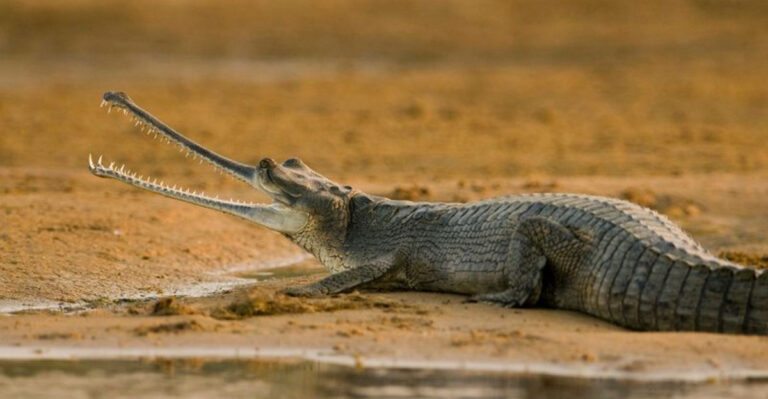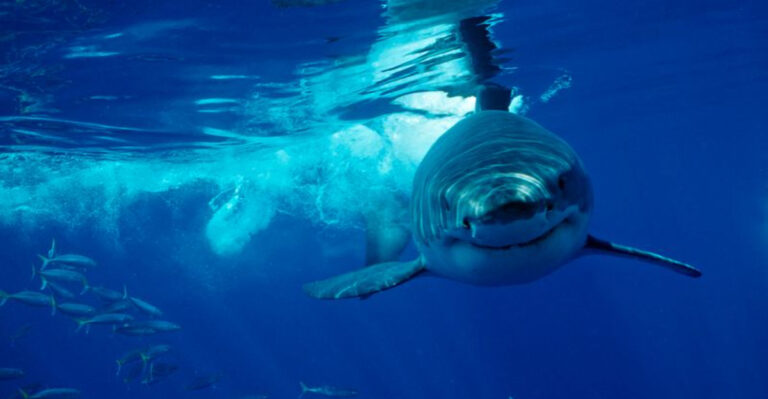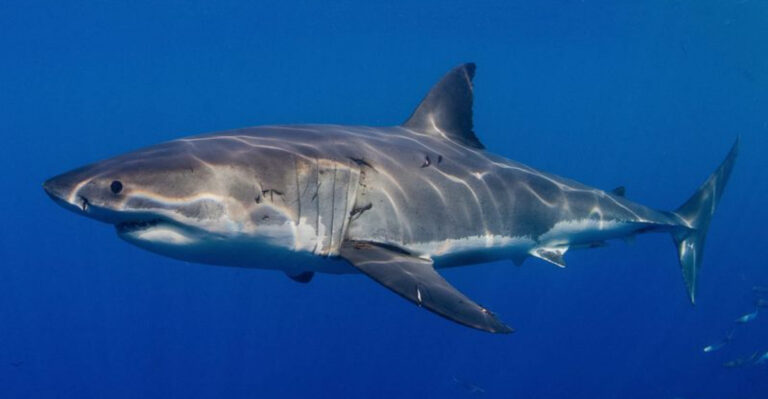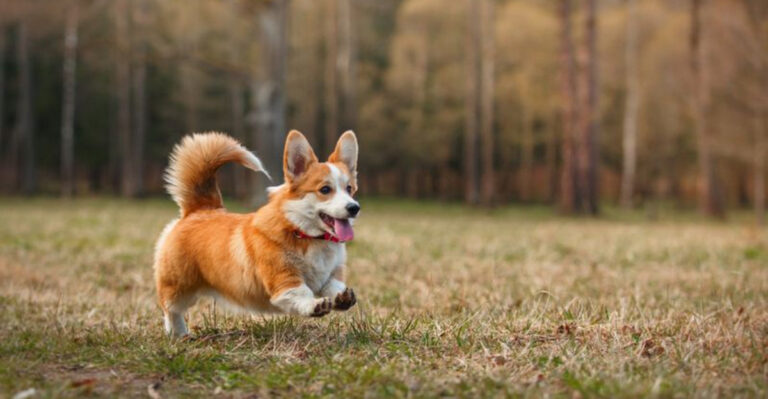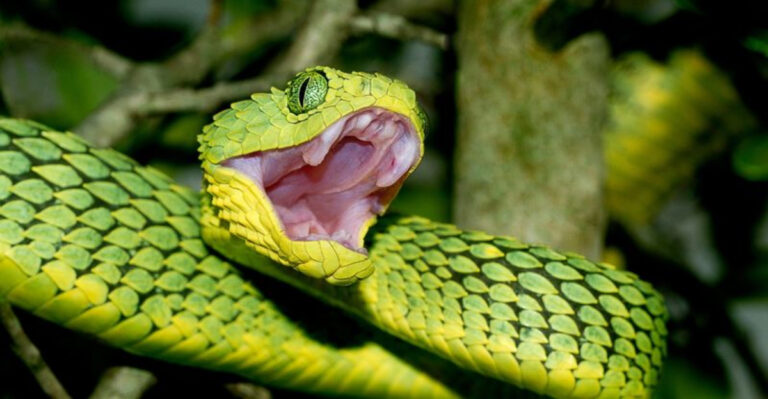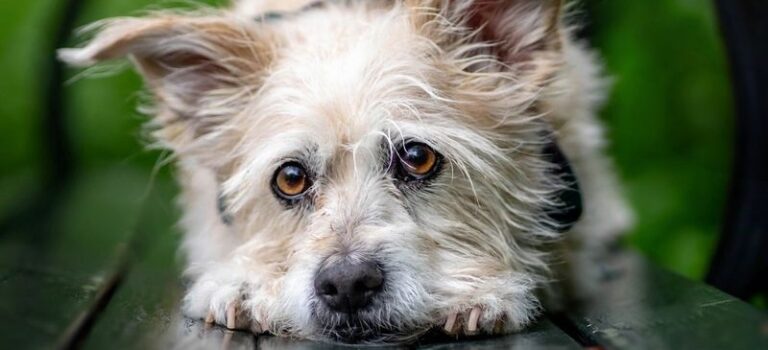Man Gored By Bison In Yellowstone National Park After Getting Too Close, NPS Reports
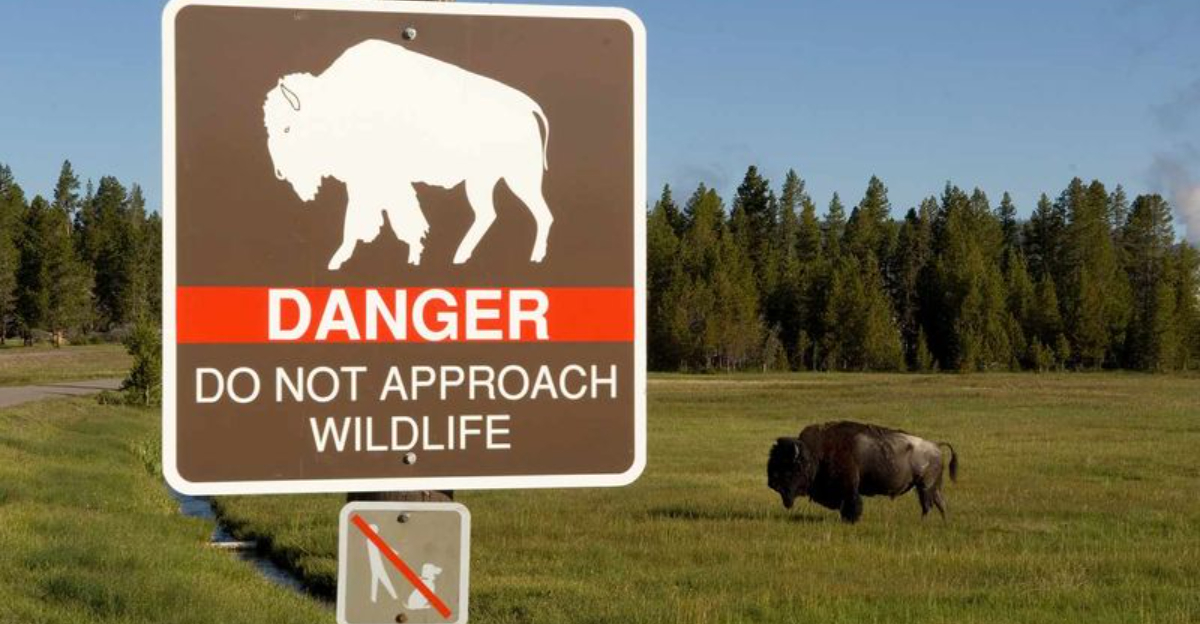
A visitor to Yellowstone National Park learned the hard way that wild animals need space. The National Park Service (NPS) recently reported that a man was gored by a bison after getting too close to the massive animal.
This unfortunate incident serves as a powerful reminder about wildlife safety and the importance of respecting these magnificent creatures in their natural habitat.
1. What Happened In Yellowstone: A Close Encounter
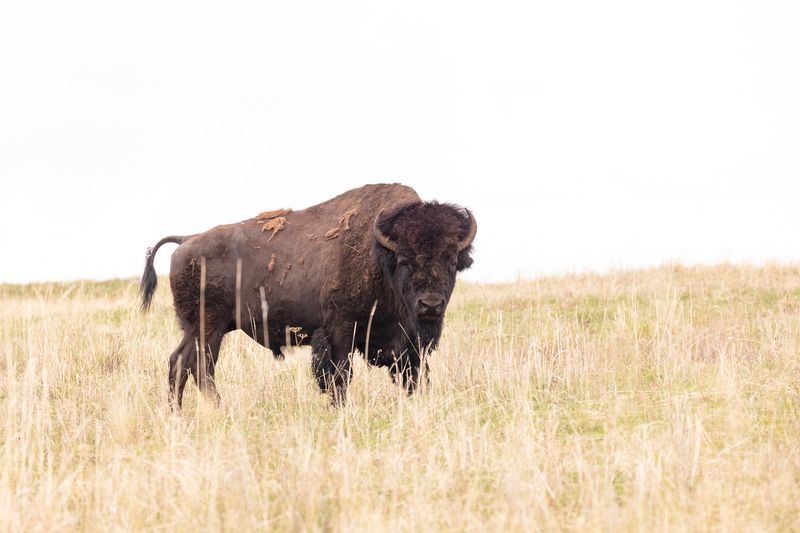
A 34-year-old man from Colorado suffered serious injuries when a bison charged and gored him near Old Faithful.
Park officials reported that the man was walking with family members on a boardwalk when they approached within 10 feet of the animal, despite park regulations requiring visitors to stay at least 25 yards away. The bison responded defensively, charging the group. While others scattered safely, the man wasn’t quick enough.
He sustained a puncture wound and other injuries to his arm and chest. Park rangers provided immediate emergency care before the victim was airlifted to Eastern Idaho Regional Medical Center for treatment.
2. Why Bison Can Be Dangerous In Yellowstone
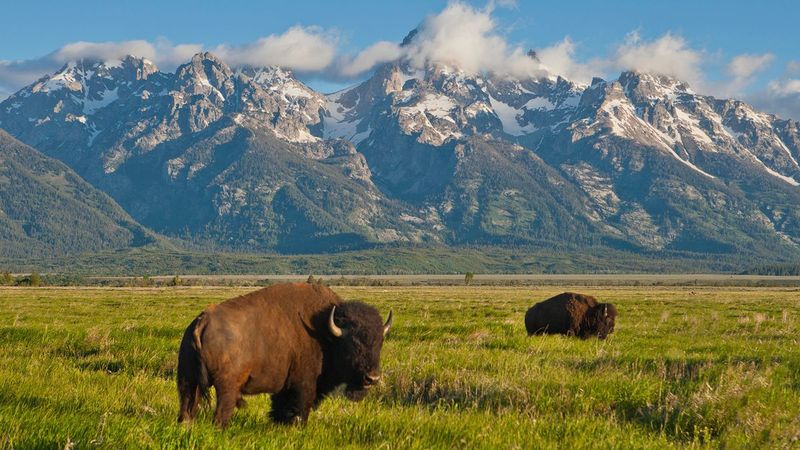
Bison might look like oversized cows, but they’re actually wild animals with unpredictable behavior. Weighing up to 2,000 pounds and capable of running at speeds of 35 mph, these massive creatures can easily outrun, outmaneuver, and overpower humans.
Their strength is matched by their surprising agility. A bison can pivot quickly, jump high fences, and charge with little warning when they feel threatened. Each year, Yellowstone’s bison injure more visitors than any other animal in the park.
Despite their seemingly calm demeanor, they’re responsible for more human injuries in Yellowstone than bears and wolves combined.
3. Why Bison Charge And What Triggers Them
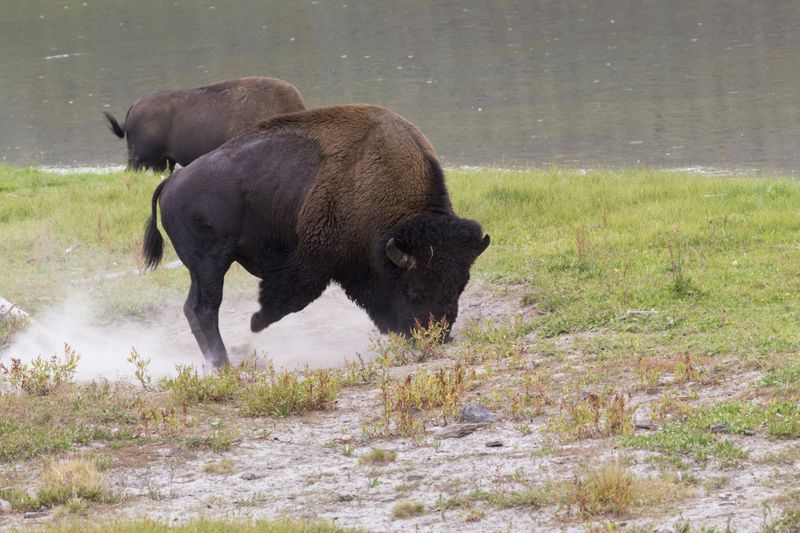
Bison aren’t aggressive by nature, but they’re extremely protective of their personal space. During mating season (July-August), bulls become particularly territorial as they compete for females.
Mothers with calves are exceptionally defensive year-round. Feeling cornered or threatened is the primary trigger for a charge.
When visitors approach too closely, block escape routes, or make sudden movements, bison interpret these actions as threats.
Flash photography, loud noises, and the presence of dogs can also agitate these animals. Remember that bison don’t distinguish between curious tourists and potential predators – any perceived threat may trigger their powerful defensive instincts.
4. Signs A Bison Feels Threatened
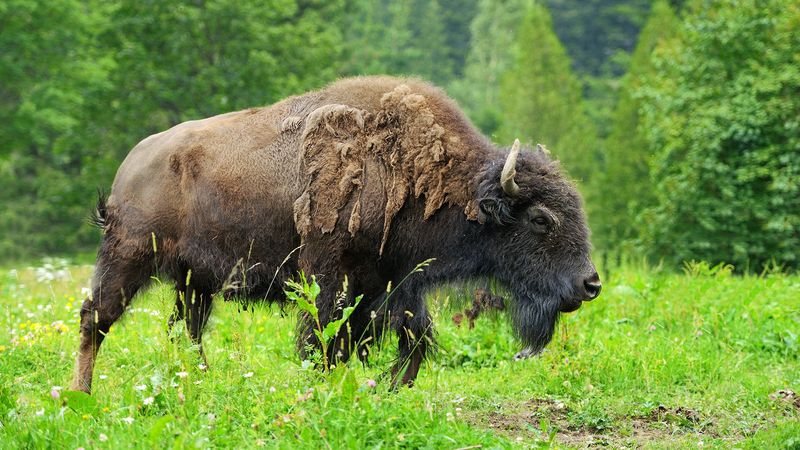
Recognizing warning signals from a bison could save your life. Tail raising is often the first indicator – when a bison’s tail stands up, it’s like a warning flag signaling irritation or alarm. Head shaking, pawing the ground, and snorting are escalating signs of agitation.
A bison may also make bluff charges – short runs that stop before reaching you – as a final warning. These false charges communicate that you’re too close and need to back away immediately.
If you notice multiple bison gathering together or forming a protective circle around calves, they’re coordinating their defense. Never approach a group showing these behaviors.
5. Why Bison Aren’t As Peaceful As They Appear
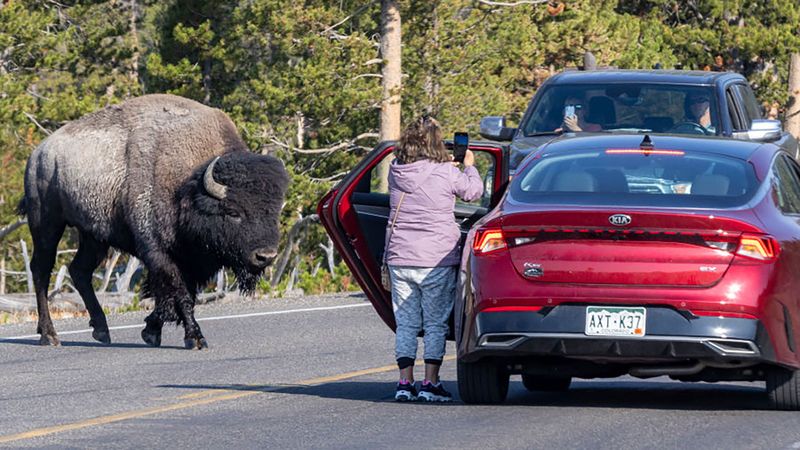
The calm grazing behavior that bison often display masks their wild nature. These animals survived ice ages and predators through powerful defense mechanisms.
Their massive heads can be used as battering rams, and their horns serve as dangerous weapons capable of goring predators – or humans who get too close.
Bison have poor eyesight but excellent hearing and sense of smell. They may seem unaware of your presence until suddenly they’re not. This unpredictability makes them particularly dangerous.
Many attacks happen because visitors misinterpret their placid grazing as tameness. This false sense of security leads people to approach for photos, creating dangerous situations.
6. Safety Tips: Keep A Safe Distance
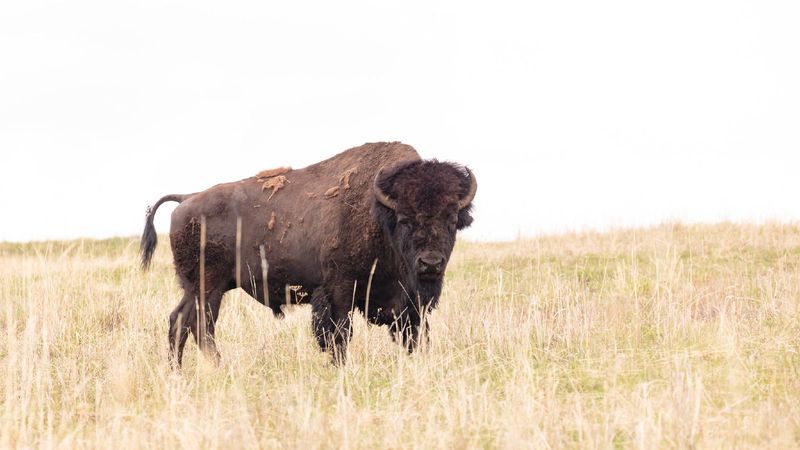
Park regulations require staying at least 25 yards (75 feet) away from bison at all times. This isn’t just a suggestion – it’s a rule based on the animal’s speed and unpredictability.
For perspective, 25 yards is about the length of two school buses. Use the “thumb rule” to gauge distance: if you can cover the entire bison with your extended thumb, you’re probably at a safe distance.
If not, back away slowly. Never assume you’re safe because others are closer. Each bison has different tolerance levels, and what one animal accepts, another might consider threatening. Your safety depends on maintaining proper distance at all times.
7. Observe From Designated Areas
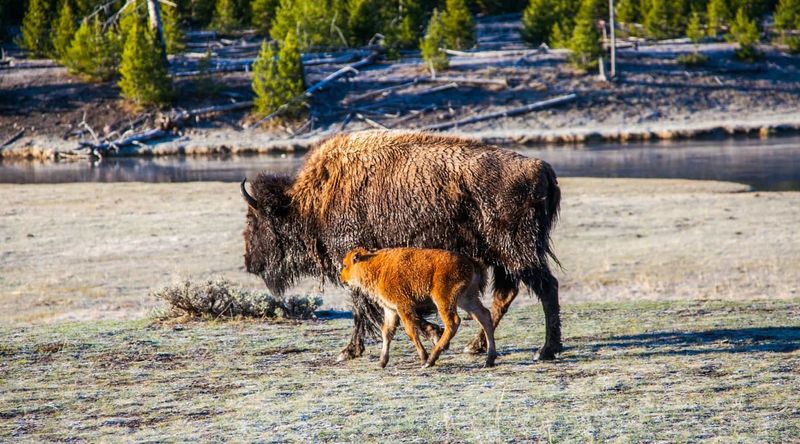
Yellowstone provides specially designed viewing areas that allow visitors to safely observe wildlife. These platforms, pullouts, and boardwalks are strategically placed to offer great views while keeping people at safe distances from animals.
Rangers regularly monitor these locations to ensure both visitor safety and minimal wildlife disturbance. Many include informational signs about the animals you might see and their behaviors.
Designated areas also concentrate human presence in specific locations, allowing animals to become somewhat accustomed to human activity in predictable spaces.
This reduces stress on wildlife while still allowing for meaningful visitor experiences. Always stay on marked trails and observation points.
8. Stay In Your Vehicle
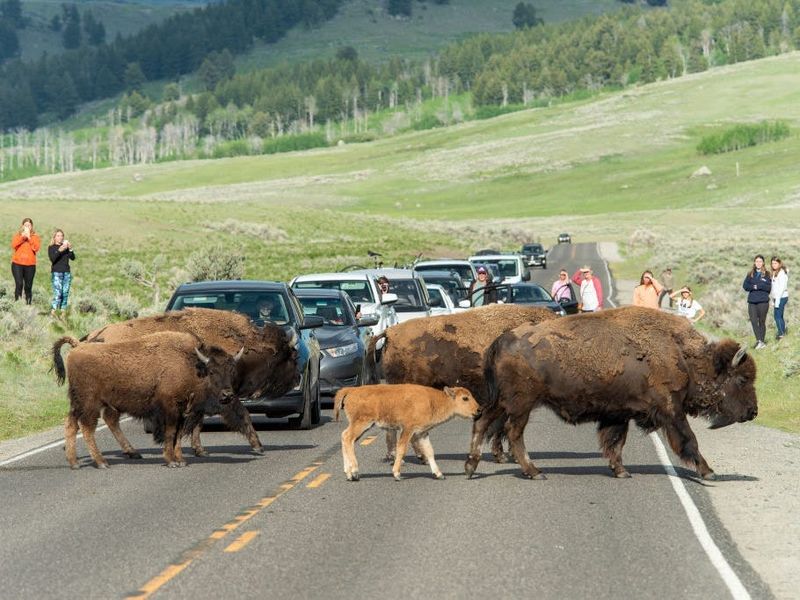
Your car provides an excellent protective barrier between you and a bison. Many of Yellowstone’s best wildlife viewing opportunities happen right from the road, where bison often graze alongside or even cross in front of vehicles. Keep windows rolled up when bison are near.
Though it seems obvious, never attempt to touch or feed bison from your car. These massive animals can easily damage vehicles if provoked. If bison are blocking the road, remain patient and wait for them to move along naturally.
Honking, revving engines, or trying to drive around them can trigger aggressive responses. Remember that bison have the right of way in the park – they were there first!
9. Use Binoculars Or A Camera
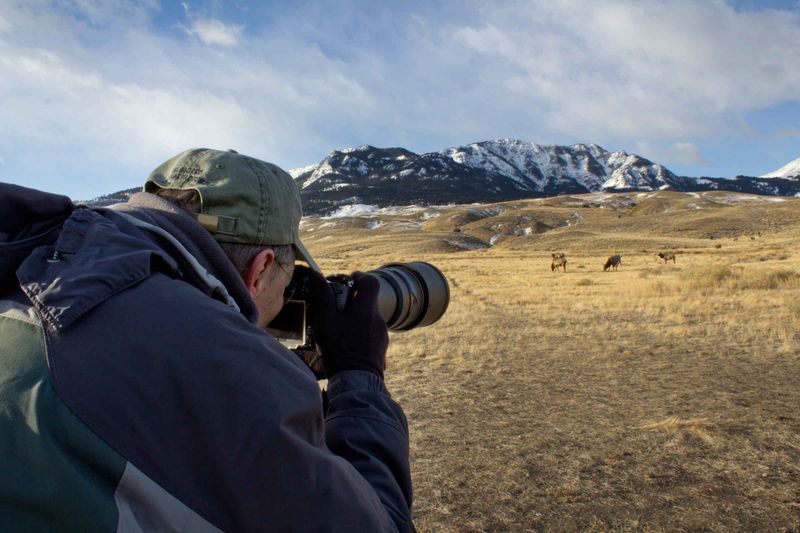
Quality optics let you appreciate bison up-close without putting yourself in danger. A good pair of binoculars (8×42 or 10×42 magnification) provides excellent detail from safe distances.
For photographers, telephoto lenses (200mm or longer) capture stunning images while keeping you well beyond the 25-yard safety zone. Modern smartphones with zoom capabilities can also take decent wildlife photos from safe distances.
Many visitors find that their photos actually improve when taken from further away, as the animals appear more natural and relaxed.
Consider bringing a spotting scope for stationary viewing from pullouts. These powerful optics reveal incredible details of bison behavior that would be impossible to see with the naked eye.
10. Avoid Blocking Their Path
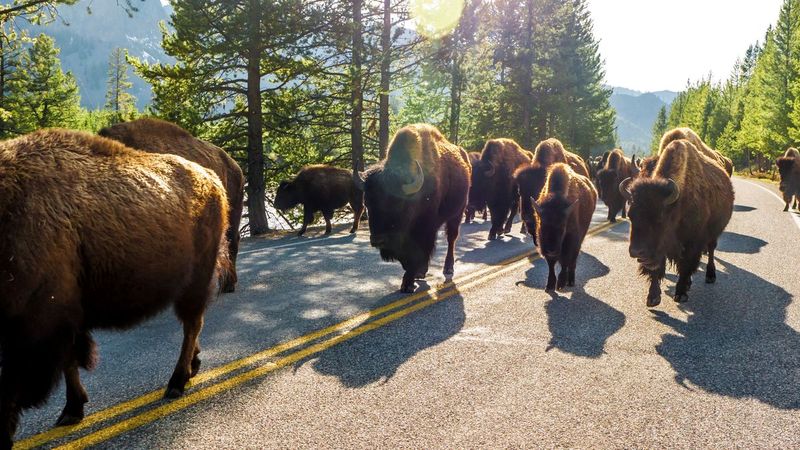
Bison travel along established trails that they’ve used for generations. When humans block these pathways, bison become stressed and may charge to clear their route. Always give these animals a clear escape path – never position yourself between a bison and where it might want to go.
Pay special attention near water sources, as bison need regular access to drinking spots. During river crossings, bison are particularly vulnerable and may become defensive if they feel trapped. If you see bison moving in your direction, calmly move away from their path.
They’re not charging you – they’re simply heading somewhere, and you happen to be in the way. Give them space to pass without feeling threatened.
11. Do Not Approach Bison
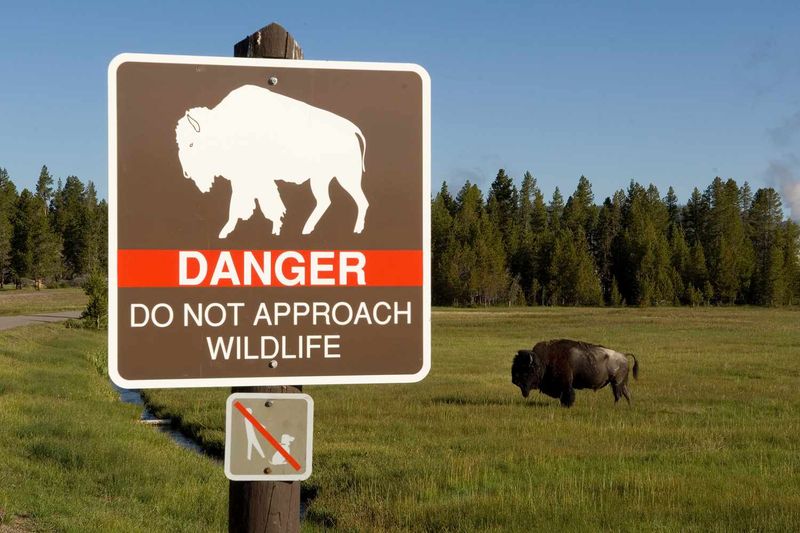
The desire for the perfect selfie has led to numerous injuries in Yellowstone. Park rangers have a saying: “A bison selfie might be your last selfie.” No photo is worth risking your safety or disturbing wildlife.
Approaching bison for any reason – better photos, to see them closer, or because they appear docile – is extremely dangerous. Many victims of bison attacks report that the animal seemed calm right before charging.
Yellowstone prohibits approaching wildlife, regardless of how tame they might appear. Bison are wild animals that require respect and space. The man gored in this incident serves as a stark reminder of what can happen when these boundaries aren’t respected.
12. Educating Visitors On Safe Wildlife Interaction
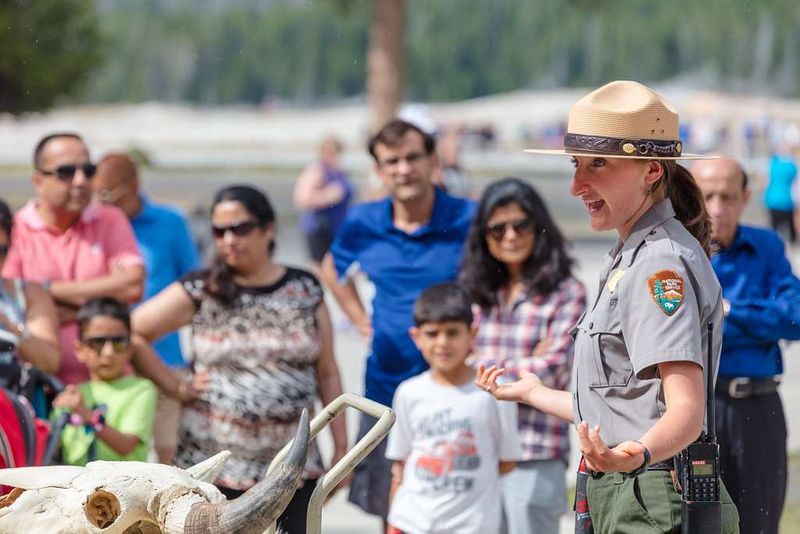
Yellowstone provides extensive educational materials about wildlife safety. Visitors receive information pamphlets at entrance gates, and the park’s website features detailed guidelines for animal encounters. Rangers conduct regular programs at visitor centers focusing on wildlife safety.
The park has implemented a pledge system where visitors can commit to responsible wildlife viewing. Signs throughout the park remind people about safe distances and proper behavior. Despite these efforts, incidents continue to occur.
Many visitors simply don’t believe the warnings apply to them or underestimate an animal’s speed and power. Education remains the primary tool for preventing dangerous encounters between humans and Yellowstone’s magnificent bison.
13. Yellowstone’s Efforts To Improve Visitor Safety
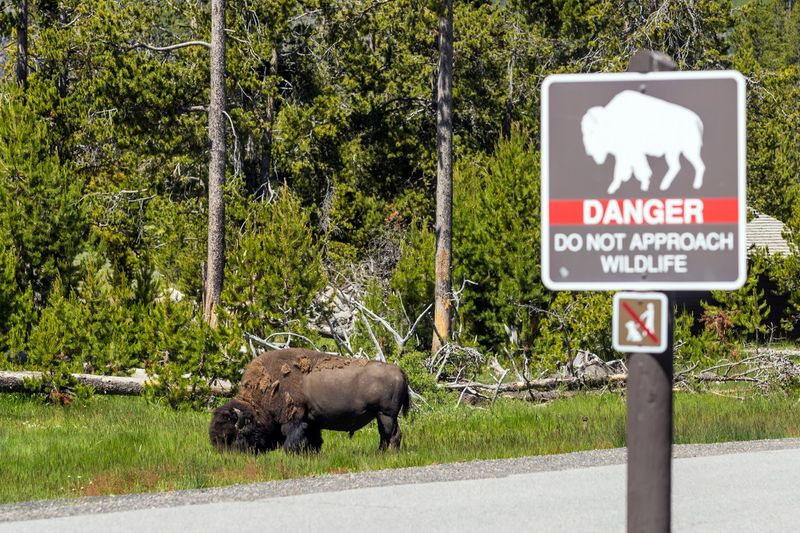
Following several serious bison incidents, Yellowstone has intensified safety measures throughout the park. Rangers now actively patrol high-visitation areas to intervene when they see unsafe behavior. The park has installed additional warning signs at trailheads and popular bison viewing locations.
Social media campaigns highlight the consequences of approaching wildlife too closely. The park shares real incident reports and recovery stories from victims of animal encounters. Yellowstone has also partnered with tourism companies to ensure guides properly educate visitors.
Despite these efforts, the responsibility ultimately falls on each visitor to make safe choices. The freedom to experience wildlife in their natural habitat comes with the obligation to do so responsibly.

